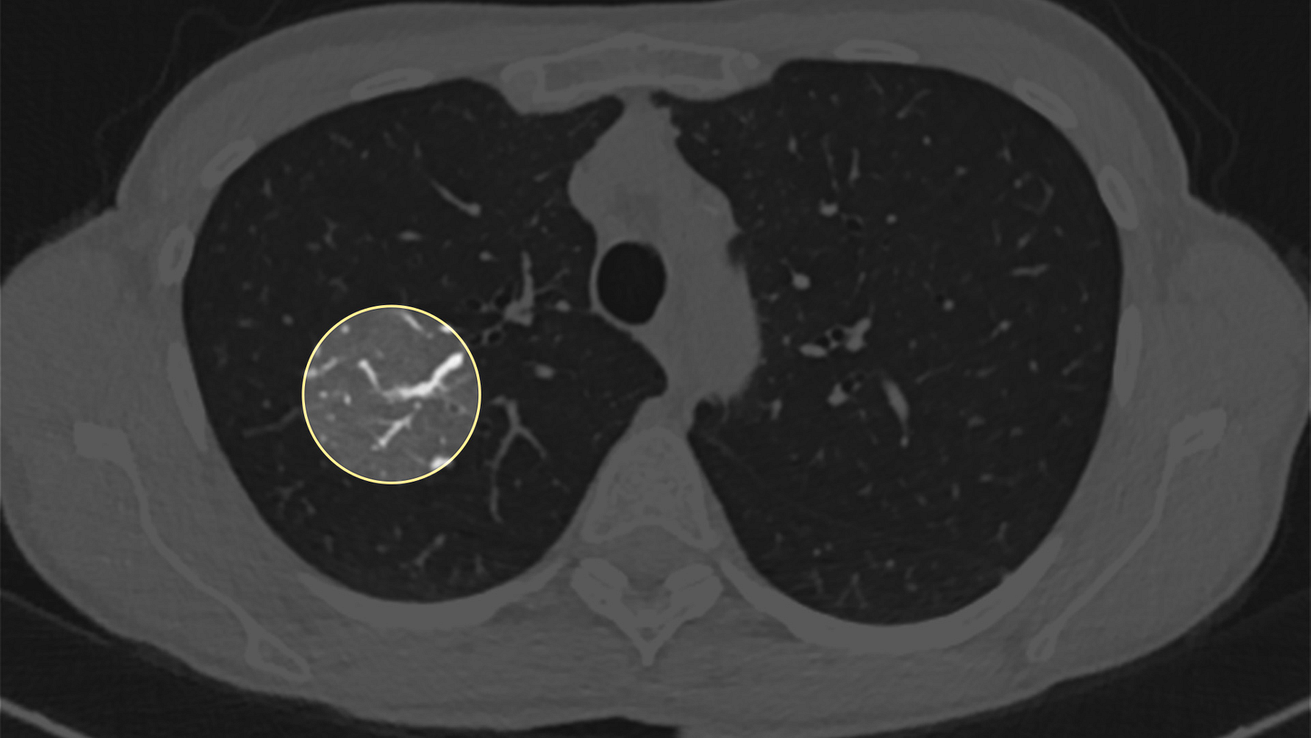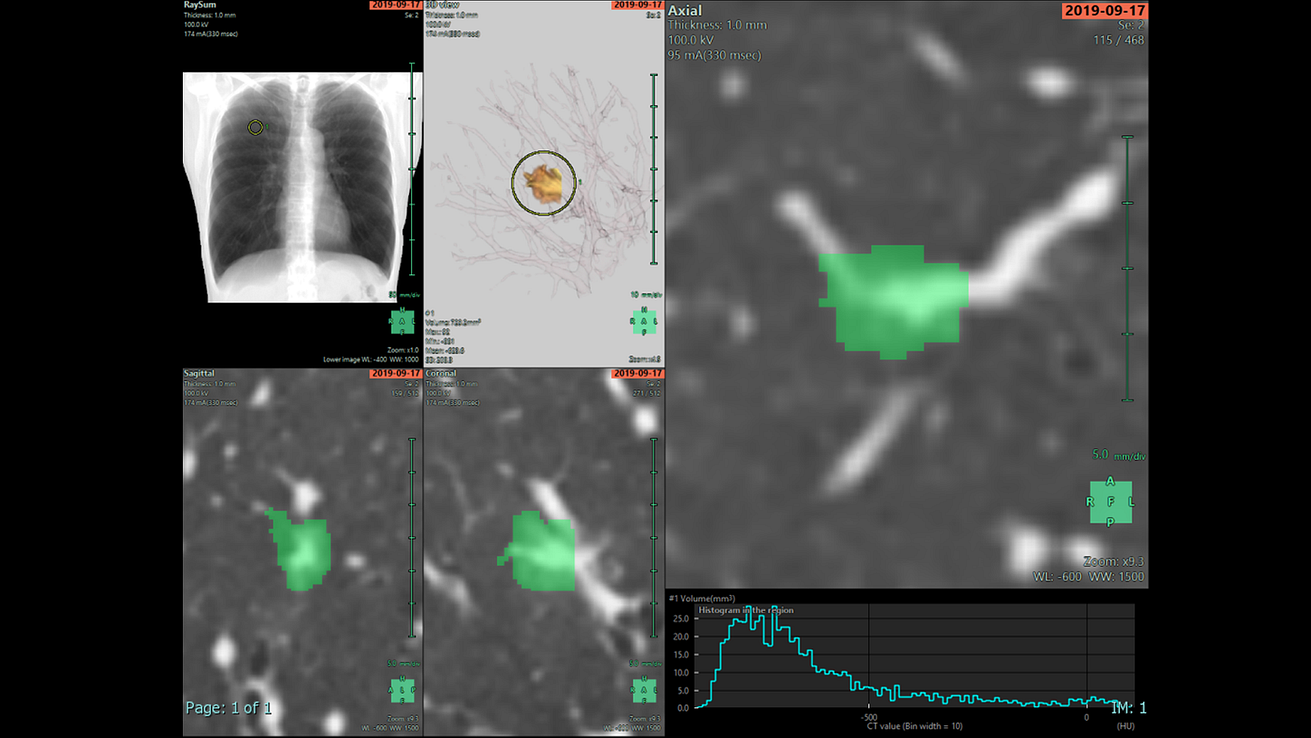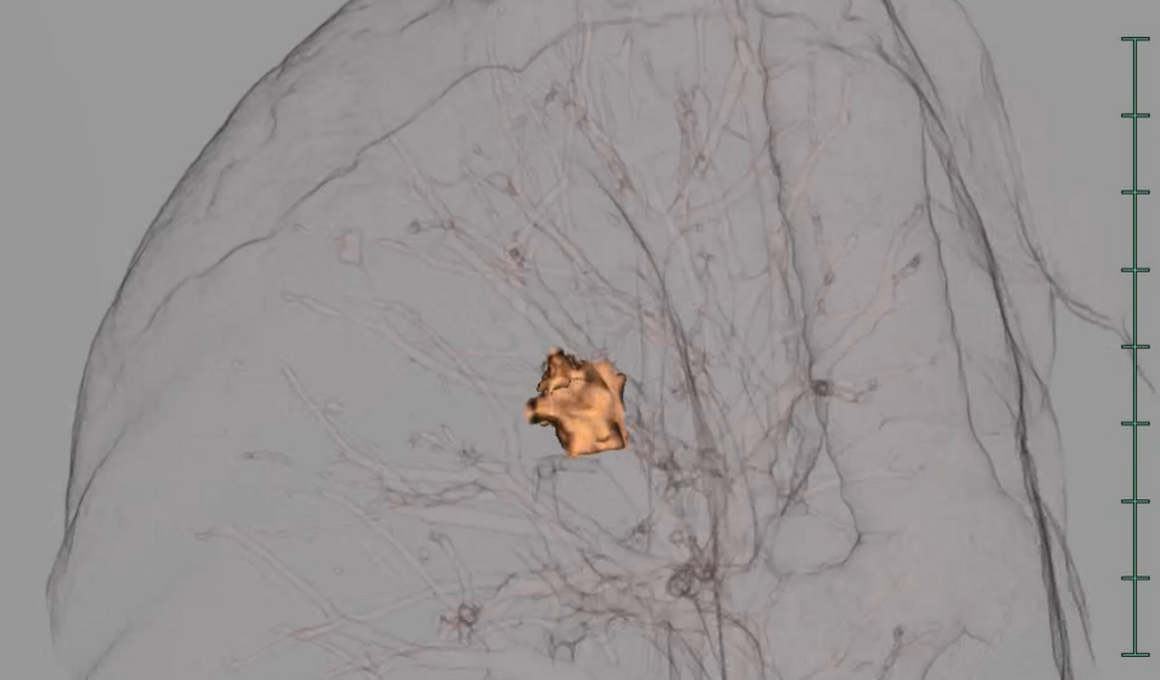“That’s better than I could do
This is a republication of the article “Screening must be more accessible and use AI”, with the title above, highlighting the message in question.
The introduction of lung cancer screening programs offers opportunities. See a real patient case at the Deutsches Museum in Munich, Germany.
Andrea Lutz
Published on August 24, 2022
Claus Peter Heussel, MD, is the head of diagnostic and interventional radiology with nuclear medicine at the Thorax Clinic at Heidelberg University Hospital.
Site Editor:
Joaquim Cardoso MSc.
The Health Strategist — multidisciplinary institute for health transformation
AI Powered Health Care Institute
August 24, 2022
For the new Health exhibition in the Deutsches Museum Munich, he has contributed a real-life patient case with in-depth supporting documentation.
You prepared a lung cancer case for the Deutsches Museum: What can visitors learn from it?
Heussel: The idea is to show museumgoers just how difficult it is to detect cancer in the lung at an early stage.
I work closely with Heinz-Peter Schlemmer, MD, director of the department of radiology at the German Cancer Research Center, also on the German Lung Cancer Screening Intervention study (also known as LUSI study) in Heidelberg.
The patients from the study underwent surgery here in Europe’s largest specialist hospital for lungs.
For this reason, we have a body of very well documented courses of diseases.
For the Deutsches Museum, we picked one case from real life and prepared it with the consent of the patient.
For which groups of people are lung screening programs beneficial?
Heussel: The high-risk groups are smokers or former smokers in the range of 50 to 75 years old. Screening only makes sense in this group.
And here we have to weigh up between individual care and the consequences for society.
The problem is that we frequently find multiple nodules with CT imaging that are not lung cancer.
Surgery is then required to check whether the nodules are cancerous. And this causes costs, not to mention pain for the patients.
To keep this burden small, such operations should only be performed by very experienced staff in a center.

The dimension and location of the color-coded tumor can be seen more clearly in a 3D view.
Size and volume can be measured and compared for follow-up over time to detect any growth.
The relationship to surrounding structures, such as the vascular and bronchial systems, can also be seen in the 3D view.


This information is critical for operation planning. During lung surgery, care must be taken to preserve a supply of pulmonary arteries, veins and bronchi.
What do you think of the idea of offering lung cancer screening in supermarket parking lots as was done in the Manchester program?
Heussel: One big problem with the introduction of screening programs in Europe is that not very many of the risk patients who would be suitable take part.
The federal government estimates the figure at between 5 and 50 percent.
To boost the number of participants, screening must be easily accessible. That is why what they are doing in Manchester is right.
In fact, the HANSE study is offering the same thing here in northern Germany.
To boost the number of participants, screening must be easily accessible. That is why what they are doing in Manchester is right.
In fact, the HANSE study is offering the same thing here in northern Germany.
What criteria are used for the lung cancer screening in Germany?
Heussel: Screening using ionizing radiation is permissible in Germany, too, but it must be applied for.
The Federal Ministry for the Environment, Nature Conservation, Nuclear Safety and Consumer Protection has drawn up an implementation regulation, providing a legal framework for screening.
It remains to be decided how it will be paid for.
What can an individual do to prevent lung cancer?
Heussel: There are ten ways of preventing lung cancer: Don’t smoke, don’t smoke, don’t smoke, etc.
Any organ can potentially develop carcinomas, but the lung is very rarely affected if you don’t smoke.
There are ten ways of preventing lung cancer: Don’t smoke, don’t smoke, don’t smoke, etc.
What are the preconditions for curing lung cancer?
Heussel: Lung cancer can almost only be cured by removing it surgically.
However, it must be detected early enough, before it has spread to other organs.
The lung is structured like a tree: We have four major branches and cannot cut out much.
It’s only possible if the cancer is very small, but at that stage the patient does not yet notice anything.
Patients often only notice symptoms when the cancer has affected adjacent structures.
Lung cancer can almost only be cured by removing it surgically.
However, it must be detected early enough, before it has spread to other organs.
What role does artificial intelligence play in controlling the course of disease?
We have to assess and measure all nodules discovered to see how they change. And this is no trivial task because we need to measure the volume.
This requires the help of software. Various types of software are used.
Artificial intelligence is often used that predicts the probability of a nodule being benign or malignant with 97-percent accuracy. That’s better than I could do.
Artificial intelligence is often used that predicts the probability of a nodule being benign or malignant with 97-percent accuracy. That’s better than I could do.
Andrea Lutz is a journalist and business trainer specialized on medical topics, technology, and healthcare IT. She lives in Nuremberg, Germany.
Originally published at https://www.siemens-healthineers.com.
Image processing is used to mark a tumor. © Prof. Dr. med. Claus Peter Heußel, Thoraxklinik-Heidelberg GmbH, Germany
Names mentioned
Claus Peter Heussel, MD, is the head of diagnostic and interventional radiology with nuclear medicine at the Thorax Clinic at Heidelberg University Hospital.
Heinz-Peter Schlemmer, MD, director of the department of radiology at the German Cancer Research Center, also on the German Lung Cancer Screening Intervention study (also known as LUSI study) in Heidelberg.
CLICK BELOW TO WATH THE VIDEO













